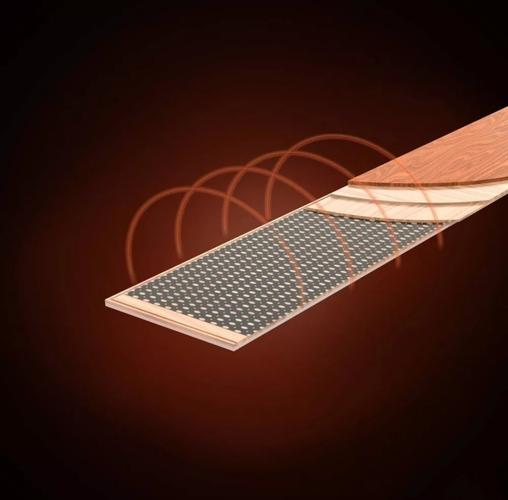Graphene is a highly conductive and stable material that has been attracting attention in recent years due to its unique properties. It has attracted researchers from academia, industry, and government due to its potential applications in various fields, including electronics, sensors, energy storage, and healthcare.
(how to use graphene for sensing)
One of the most promising applications of graphene for sensing is in chemical sensors. Graphene-based sensors can detect small changes in chemical concentration or concentration patterns over time, making them ideal for applications such as environmental monitoring, food safety, and drug discovery. Graphene-based sensors have already demonstrated excellent sensitivity and selectivity in detecting many chemicals, including noble gases, hydrocarbons, and organic compounds.
Another application of graphene for sensing is in biosensors. Biosensors are devices that convert biological signals into electrical signals or other forms of information. Graphene-based biosensors can be used for applications such as diagnostics, disease detection, and personalized medicine. For example, graphene-based biosensors have been developed for detecting glucose levels in blood samples using a non-invasive method that does not require a sample preparation step.
In addition to these applications, graphene-based sensors can also be used for temperature sensors, pressure sensors, and humidity sensors. These sensors can provide real-time data on the environment’s conditions, making them useful for monitoring industrial processes, agriculture, and urban planning.
To implement graphene-based sensors, several techniques need to be considered. First, graphene needs to be synthesized using appropriate methods to ensure high-quality and consistent graphene production. Second, graphene needs to be functionalized with bioactive molecules or receptors to enable effective sensor performance. Third, the sensors need to be tested for their sensitivity, selectivity, and robustness under different conditions.
(how to use graphene for sensing)
Overall, graphene has significant potential as a new material for sensing. Its exceptional conductance, stability, and selectivity make it an attractive choice for developing advanced biosensors and chemical sensors. However, there are still several challenges that need to be overcome before graphene-based sensors become widely available and practical for practical applications. These challenges include improving the synthesis process, optimizing the functionalization methods, and developing scalable and cost-effective manufacturing processes. With ongoing research and development efforts, graphene-based sensors have the potential to revolutionize the field of sensing and bring significant benefits to various industries.
Inquiry us




